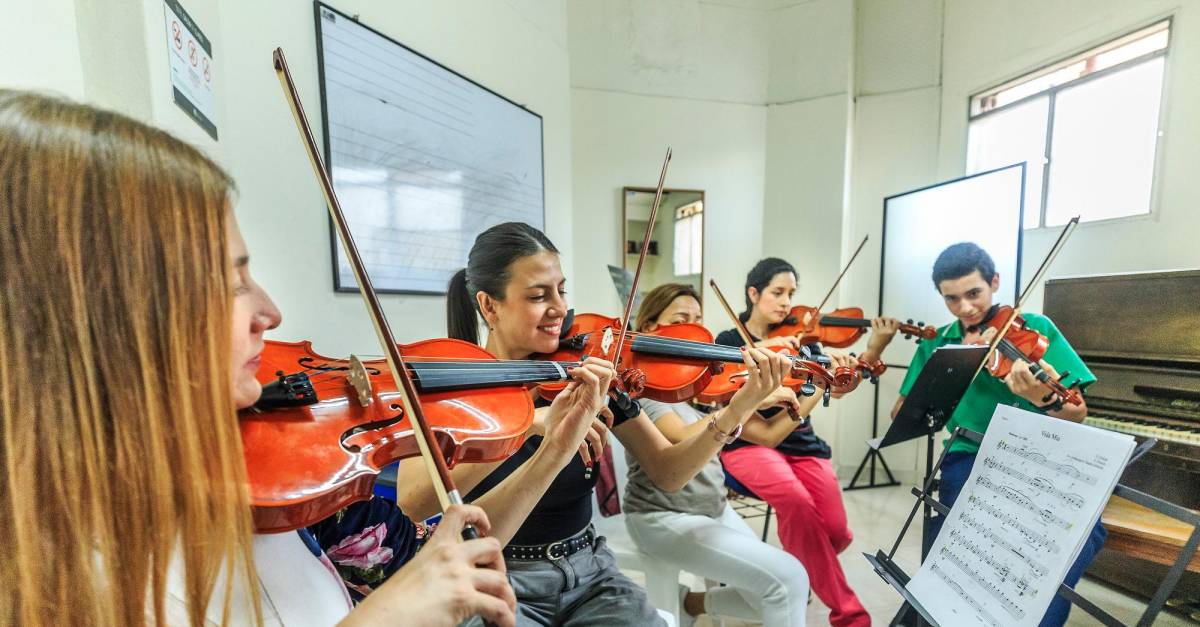02:35 pm
Language and music share evolutionary functions in human societies. Both speech and singing are characterized by characteristics such as rhythm and tone. But to what extent are differences and similarities shared between cultures?
To answer this question: A The international study brought together 75 researchers from 46 countries speaking 55 different languages from Asia, Africa, America, Europe and the Pacific.. Among them were experts in ethnomusicology, music psychology, linguistics and evolutionary biology.
Read on: Rene Higuita launched a campaign to save two pumas in Yondo
For example, researchers Limor Raviv and Andrea Ravinani from the Max Planck Institute for Psycholinguistics (Germany) performed a Hebrew song (Yeroshalayim Shel Zahav) and another Italian song (Bella Ciao), respectively; Singing and playing their traditional instruments, Alexander Arabadjiev from Macedonia, Gakuto Chiba from Japan, Ndile Elsie Muñoz Melalonco from Chile, and Later Sy from Senegal, among many others, participated.
The researchers were asked four tasks: singing the songs, performing them with instruments, reading the lyrics, and describing each piece verbally. The resulting 300 audio recordings, along with a further 418 from previous songs and speeches, were analyzed for characteristics such as pitch, timbre and rhythm.
Five cross-cultural regularities
The results were published in the journal Advancement of science, It provides “strong evidence of cross-cultural regularity,” according to the lead author, a psychologist and musicologist Patrick Savage from the University of Auckland (waipapa taumata rau, in Maori), in New Zealand, which also sang the Scarborough Show.
Savage told the international press that they found “five strong cross-cultural patterns” in the relationships between speech and music (songs and instrumental melodies). “On the one hand, there are three differences,” he explains: The music is systematically slower, with higher notes (or tall) and also More stable than speech. On the other hand, there are two similarities: they both tend to use intervals of similar size and similar timbre.
You might be interested: “Salsa is a culture, that's why you shouldn't be afraid of reggaeton: Tito Nieves
in general, “Instrumental music and spoken conversation tend to be more different, The expert points out that song and lyric recitation are more between music and “pure” speech.
Regarding the reasons behind why these differences are similar in different cultures, Savage speculates that they evolved to unite humans through music.
Of your interest: The new music festival La Eterna in Medellin has announced the artists who will participate in its first edition
He suggests that songs are more stable than speech because they are used to facilitate synchronization and social bonding: “Slow, regular, predictable melodies make it easier for us to sing together; That several singers or musicians synchronize and harmonize, thus enjoying the social union effects of group music.





